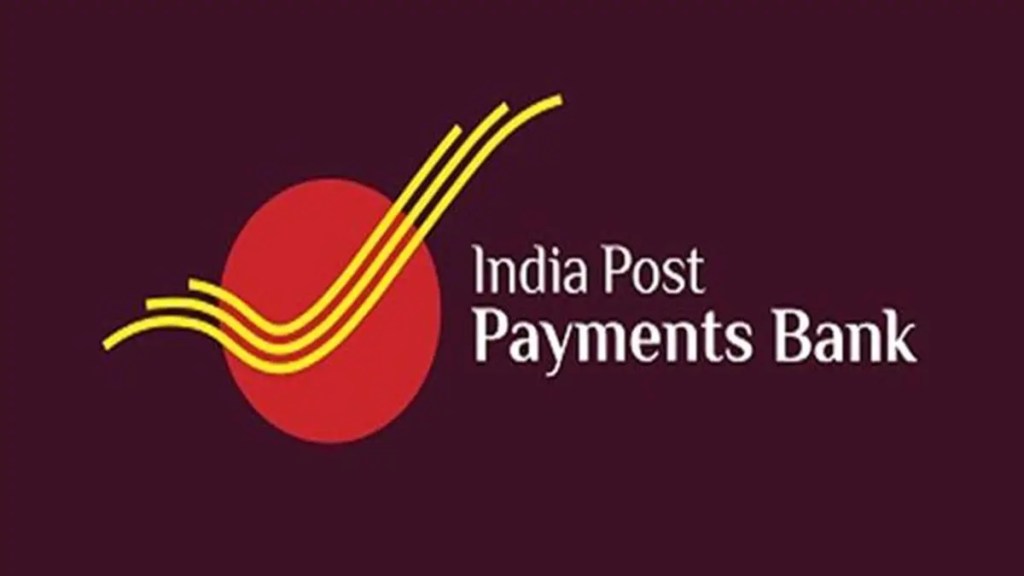In late April, India Post Payments Bank CEO J Venkatramu told this paper that the bank intended to approach the Reserve Bank of India (RBI) for permission to disburse small-ticket loans. Recent reports indicate other payments banks are also planning to seek permission do so. However, the regulator would do well to nip such proposals in the bud.
There are those who argue that while payments banks today may lack banking expertise, this can easily be acquired. But the fact is that the licences handed out to such banks in August 2015 excluded lending for good reasons. In any case, many of the payment banks are owned by corporate houses, which increase the risk in allowing them entry into the lending segment.
Broadly speaking, these entities were tasked with facilitating payments and remittance services to migrant labour, low-income households, small businesses and other unorganised sector entities. In the process, they were to encourage customers to save. The reason the central bank invited applications from telecom companies, business correspondents, super-market chains, and co-operatives is that these entities would be able to leverage their network of touch-points, which can be much wider than those of banks.
What is expected from payments banks is that they should enable cash-in, cash-out services in unbanked locations, given that cash will continue to be in use for many more years despite the rapid rise in digital transactions. That focus might get diluted if payments banks are permitted to lend.
While it is true that there is a need for credit in the hinterland, it is best left to micro-finance institutions (MFIs), small finance banks (SFBs), and banks. To reach potential borrowers in far-flung areas, tie-ups between lenders and payments banks should be encouraged. They are already serving as Banking Correspondents (BC) for banks and SFBs, and these touch-points can be used to perk up credit disbursals. In any case, payments banks can opt to become SFBs after five years of operations.
One must concede, it is not easy to run a payments bank. Roughly seven years after they started out, only half a dozen of the original 11 licensees are in business. Of these, three were profitable at the end of March 2022—Airtel, PayTm and Fino—and India Post Payments Bank is expected to have broken even. The good news is that their combined net losses fell to just `130 crore in FY22 compared with Rs 827 crore in FY20 and Rs 798 crore in FY21. Losses at IndiaPost, for instance, were down to just Rs 169 crore from Rs 335 crore in FY21. In the absence of scale, the investments in technology and operating costs are eating into the bottom-line of payments banks. But, in aggregate they are making their presence felt; their combined deposits grew more than three-fold, to Rs 7,854 crore at the end of March 2022, indicating that they have been able to encourage the savings habit, even if most of the money comprises demand deposits. The top three are making good headway; Airtel, for instance, grew its revenues at a compounded 40% between FY20 and FY23. There’s no doubt that acquiring customers is not easy and that, in a year or two, there may just be a few left standing. That may not necessarily be a bad thing, because each of these would be a strong entity.

